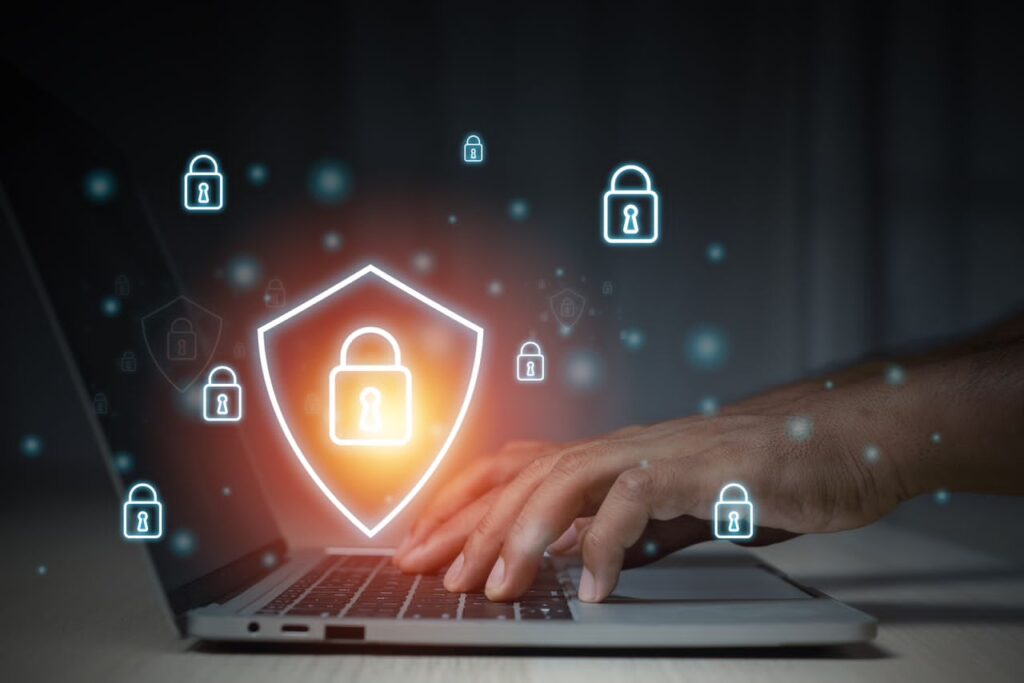BYOD Policies: Strengthening Cybersecurity in the Bring Your Own Device Era
As the Bring Your Own Device (BYOD) trend continues to gain momentum, organizations are faced with the challenge of maintaining robust cybersecurity measures while accommodating the use of personal devices in the workplace. Implementing effective BYOD policies is essential to strike a balance between productivity and data security. In this article, we will explore the significance of BYOD policies and discuss key strategies for strengthening cybersecurity in the era of personal devices.
Assess and Understand Risks
Before developing a BYOD policy, conduct a comprehensive risk assessment to identify potential threats and vulnerabilities. Consider the types of sensitive data accessed on personal devices, the variety of devices used, and the potential impact of a security breach. By understanding the risks specific to your organization, you can tailor your policies and security measures accordingly.
Establish Clear Device Usage Guidelines
Clearly define the acceptable use of personal devices for work-related purposes. Specify which devices are allowed, the supported operating systems, and any hardware or software requirements. Outline rules regarding software installations, app permissions, and usage restrictions. Emphasize the importance of keeping devices up to date with the latest security patches.
Implement Security Measures
To strengthen cybersecurity in the BYOD era, implement a range of security measures in line with industry best practices. These may include:
a. Mobile Device Management (MDM): Deploy an MDM solution to manage and secure employee devices. MDM enables organizations to enforce security policies, remotely monitor devices, and protect sensitive data through features like remote wipe and device encryption.
b. Data Encryption: Encourage or mandate the use of device-level or application-level encryption to protect sensitive data stored on personal devices. Encryption ensures that even if a device is lost or stolen, the data remains unreadable without the appropriate decryption keys.
c. Strong Authentication: Implement multi-factor authentication (MFA) to add an extra layer of security when accessing work-related resources. Require employees to provide two or more forms of verification, such as passwords, biometrics, or hardware tokens.
d. Network Security: Safeguard data transmission by enforcing the use of secure connections, such as Virtual Private Networks (VPNs), when accessing company resources remotely. VPNs encrypt data and provide a secure tunnel for communication, minimizing the risk of interception.
Educate Employees
Employee awareness and education are critical for maintaining strong cybersecurity in the BYOD era. Conduct regular training sessions to educate employees about the risks associated with using personal devices for work and provide guidelines on best practices. Topics to cover may include recognizing phishing attempts, avoiding suspicious websites and apps, and securely connecting to public Wi-Fi networks. Encourage employees to report any security incidents promptly.
Enforce BYOD Policy Compliance
It’s essential to establish mechanisms for monitoring and enforcing BYOD policy compliance. Regularly review and update the policy as technology evolves and new risks emerge. Conduct audits or spot checks to ensure employees are adhering to the policy and taking the necessary security measures on their devices. Reinforce the importance of compliance through disciplinary actions or incentives, depending on the organization’s culture.
Establish Incident Response Procedures
No security measure is foolproof, so it’s crucial to have well-defined incident response procedures in place. Develop a plan to address security incidents, including the loss or theft of a personal device, data breaches, or malware infections. Designate specific personnel responsible for handling such incidents and outline the steps to contain, investigate, and mitigate the impact of a breach.
Conclusion
In the age of BYOD, organizations must prioritize cybersecurity to protect sensitive data while leveraging the benefits of personal devices in the workplace. BYOD policies play a pivotal role in ensuring a secure environment for both employees and businesses. By assessing risks, establishing clear guidelines, implementing security measures, educating employees, enforcing policy compliance, and having robust incident response procedures, organizations can navigate the BYOD era with confidence and maintain a strong cybersecurity posture.

